Ballyvaughan whispers its ancient origins long before you reach its shores - its very name, Baile Uí Bheacháin, hints at a settlement where the O'Vaughans once ruled from castle ruins now silhouetted against Galway Bay. Perched on Ireland's Wild Atlantic Way in County Clare, this coastal village is where time-worn stone walls meet the wild rhythm of crashing waves, and every turn reveals layers of history buried beneath karst limestone landscapes.
Step onto its quay, once a bustling hub for herring fisheries and grain exports, now a peaceful pier where yachts bob beside tales of 19th-century oyster beds. Nearby, the Burren's otherworldly terrain unfurls - a UNESCO Global Geopark where Arctic flowers bloom beside Mediterranean plants, and prehistoric dolmens like Poulnabrone stand as sentinels of millennia past.
Ballyvaughan is both gateway and guardian: a short drive to the Cliffs of Moher's vertiginous grandeur or Aillwee Cave's subterranean wonders. Yet it holds its own magic - the clatter of sheepdog trials at Caherconnell Fort, the tang of smoked salmon from local smokehouses, and the liveliness of Monks Pub's fiddle sessions under thatched eaves. With trails winding to Fanore Beach's sands or Black Head's vertigo-inducing vistas, this is a place where every path leads deeper into Ireland's raw beauty - and its soul. Come for the cliffs, stay for the stories etched into every rock and wave.
Jump to section:
Things to See and Do
Ballyvaughan Harbour & Castle Ruins
Historic harbour featuring boat charters to Galway Bay/Arán Islands. Site of the ruined 16th-century Ballyvaughan Castle (OLoghlen/O'Brien) and scenic coastal views.
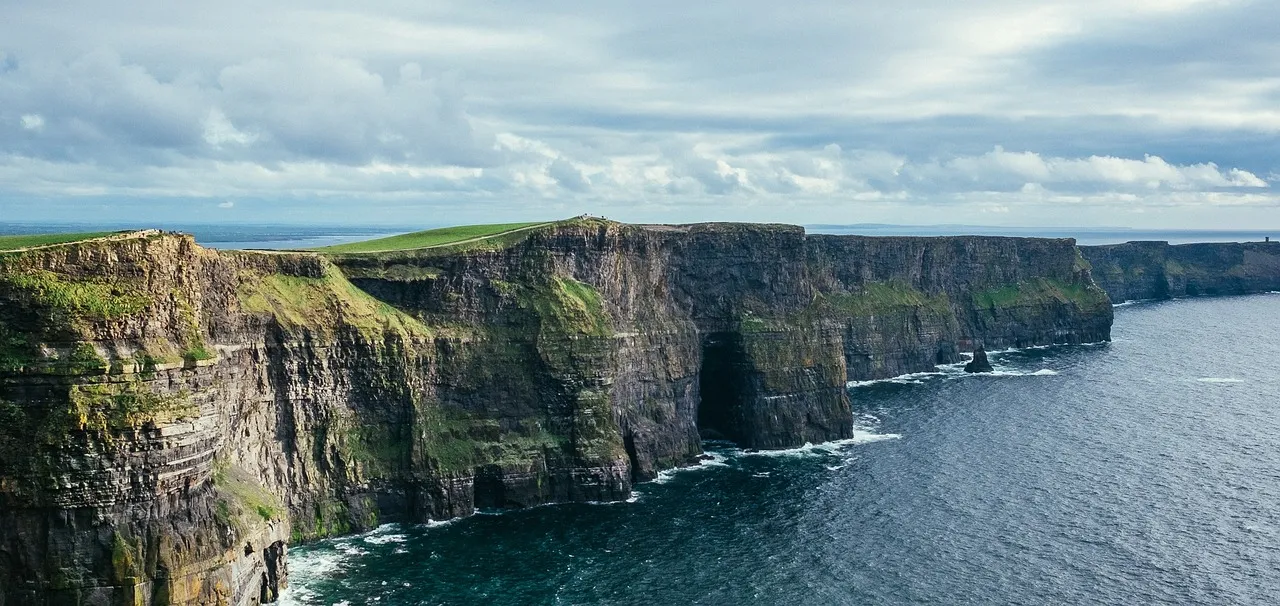
Cliffs of Moher
Iconic UNESCO-recognized cliffs with a visitor center offering panoramic views over the Atlantic Ocean. Part of the Burren & Cliffs of Moher Geopark.
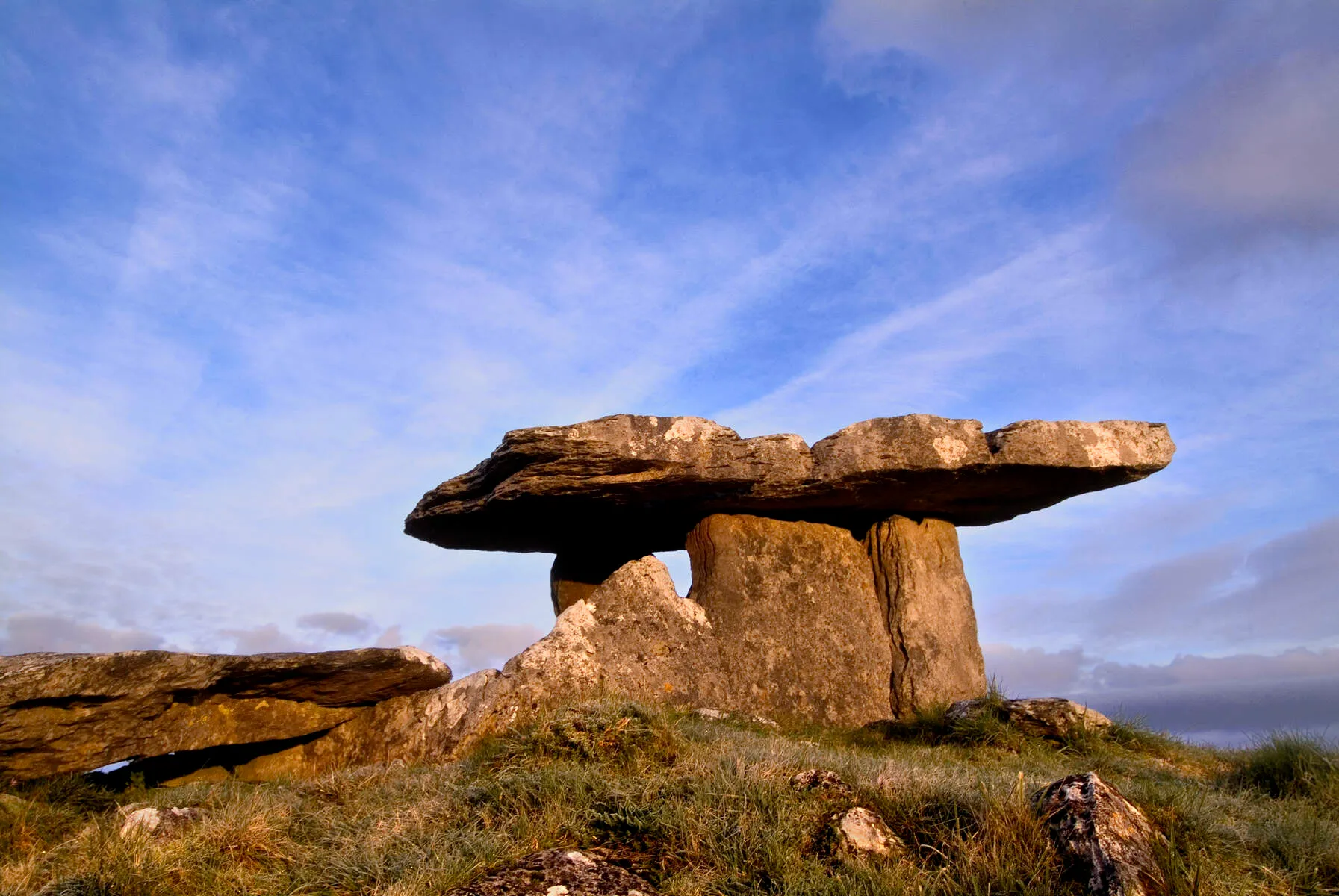
Poulnabrone Dolmen (3200 BCE)
Neolithic portal tomb dating to ~2500 BC, Ireland's most visited prehistoric site. Features a burial chamber on the Burren plateau.
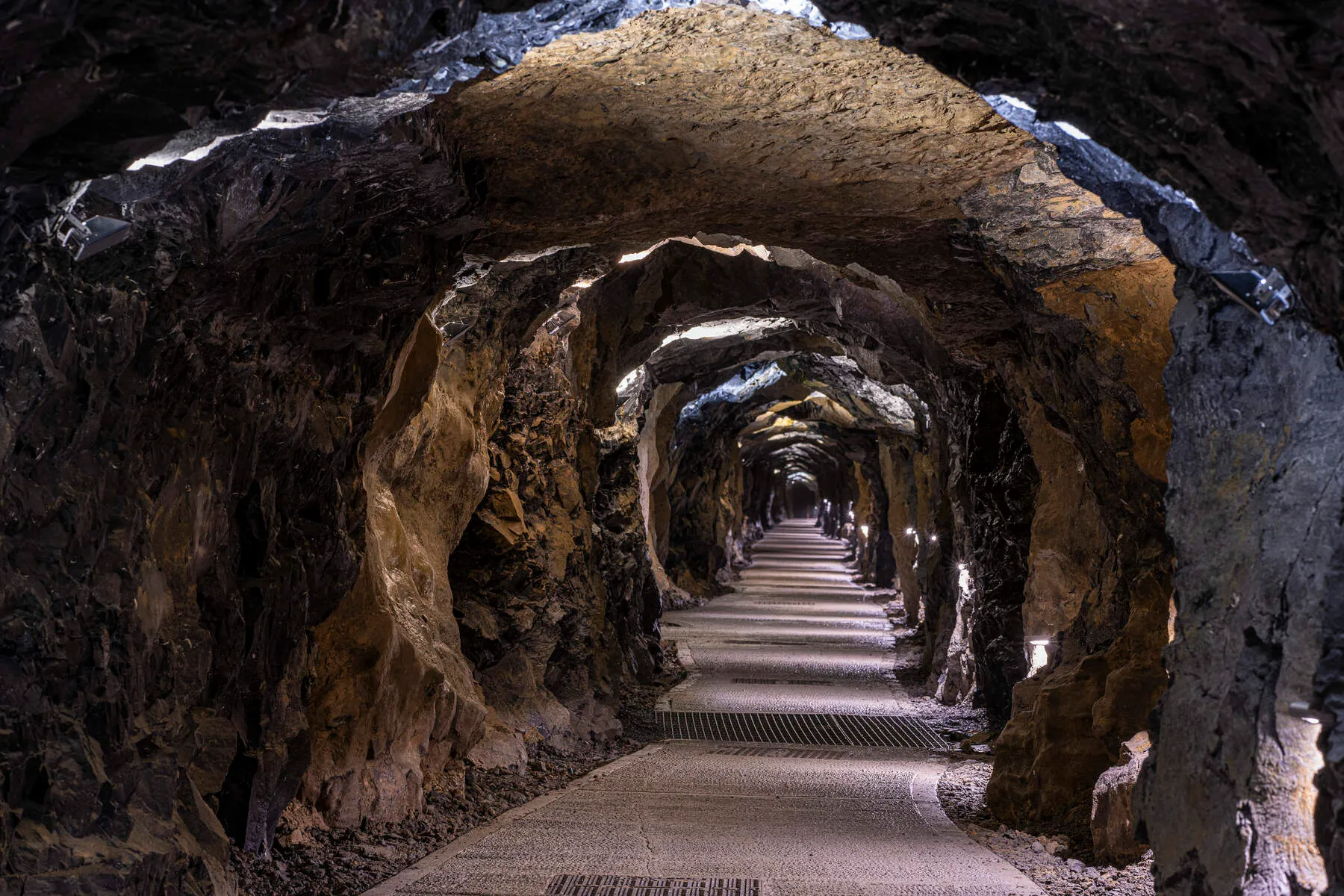
Aillwee Burren Experience
Ireland's largest show cave system with guided tours exploring limestone formations and wildlife, plus a birds of prey center.
The Burren Karst Landscape
UNESCO-protected limestone plateau featuring rare alpine/arctic plants, glacial features, and archaeological sites like Caherconnell Stone Fort.
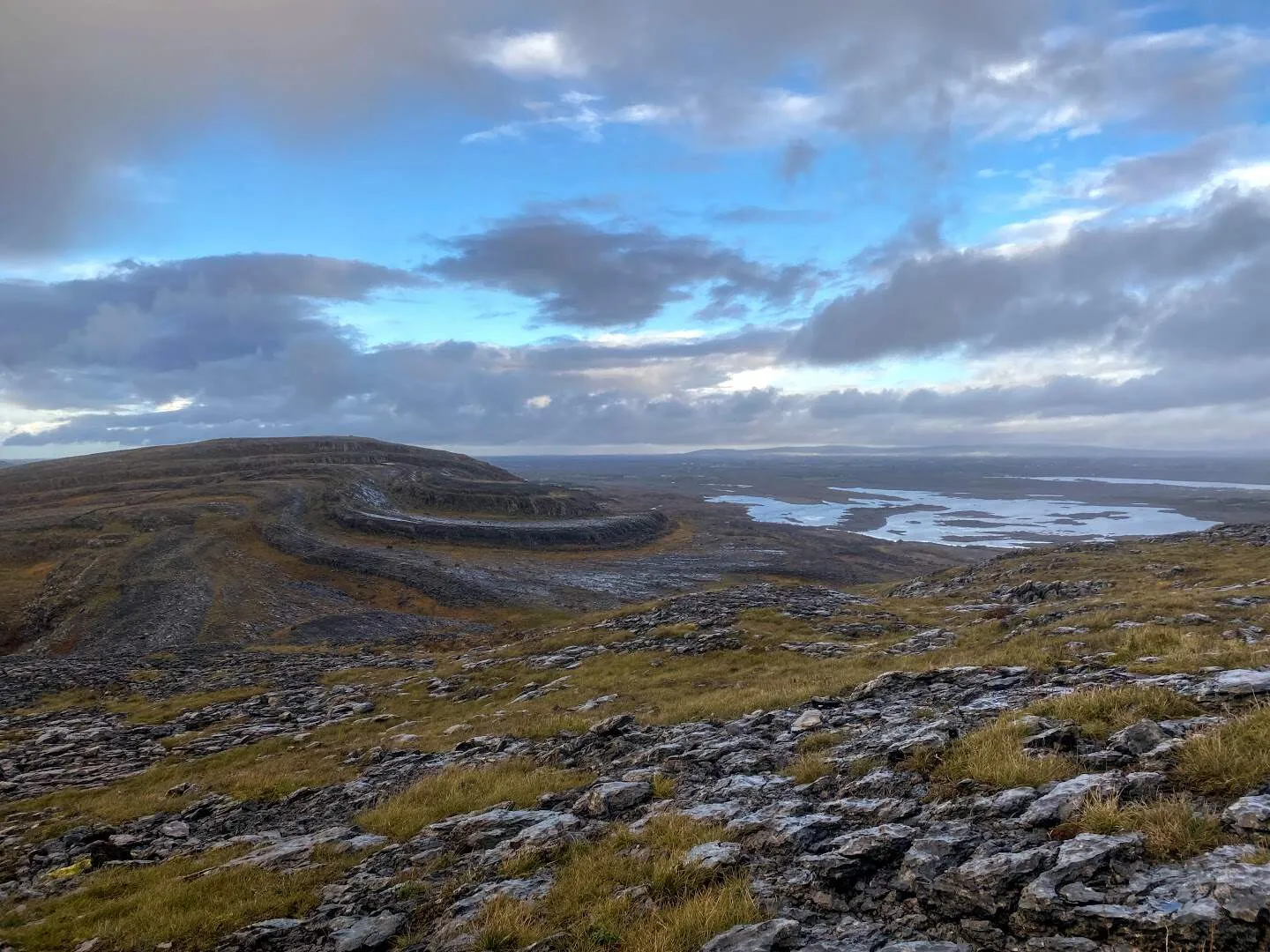
Burren Way Walking Trail
123km footpath starting in Ballyvaughan that traverses the Burren's cliffs, valleys, and historic sites like Caherconnell.
Burren Nature Sanctuary
Educational exhibits on local ecosystems with guided walks exploring flora/fauna and fairy folklore traditions.
Ring Forts Near Ballyvaughan Quay
Three preserved prehistoric ring forts and a protected Caher near the harbor, showcasing ancient defensive earthworks.
19th-Century Infrastructure Sites (Reservoir & Fountain)
Includes Lord Annaly's 1872 reservoir (water distribution system) and the Coyne Brothers' ornate 1875 public fountain.
Old National School
Restored 1854 schoolhouse turned community center, officially reopened by former Irish President Mary Robinson in 1992.
Hazel Mountain Chocolate Factory
Local artisan chocolate producer offering tastings of small-batch bean-to-bar creations using Irish ingredients.
Auxiliary Workhouse (1840s)
Famine-era stone structure that housed laborers in exchange for food, later repurposed as medical facilities.
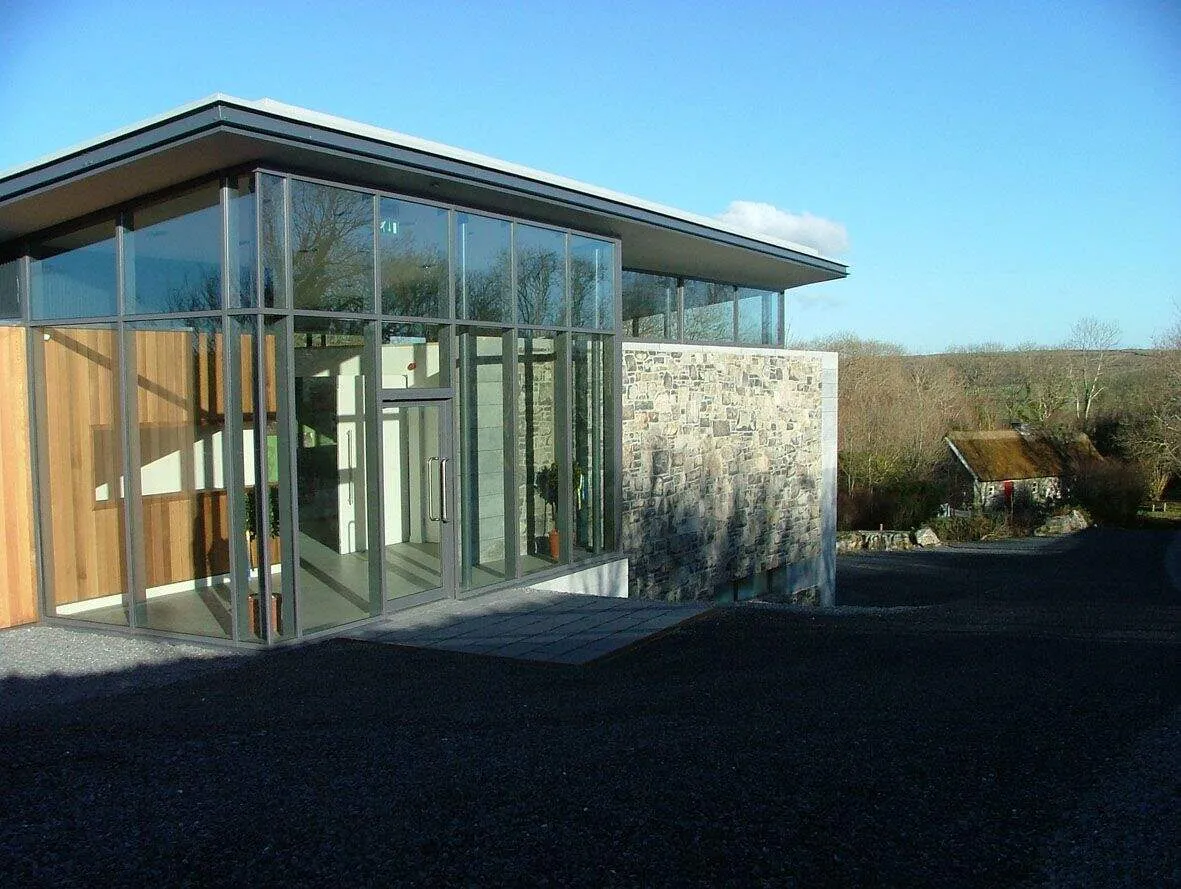
Burren Centre
Interactive visitor center exploring the Burren region's unique geology and ecology through exhibitions, guided tours, and local craft showcases.
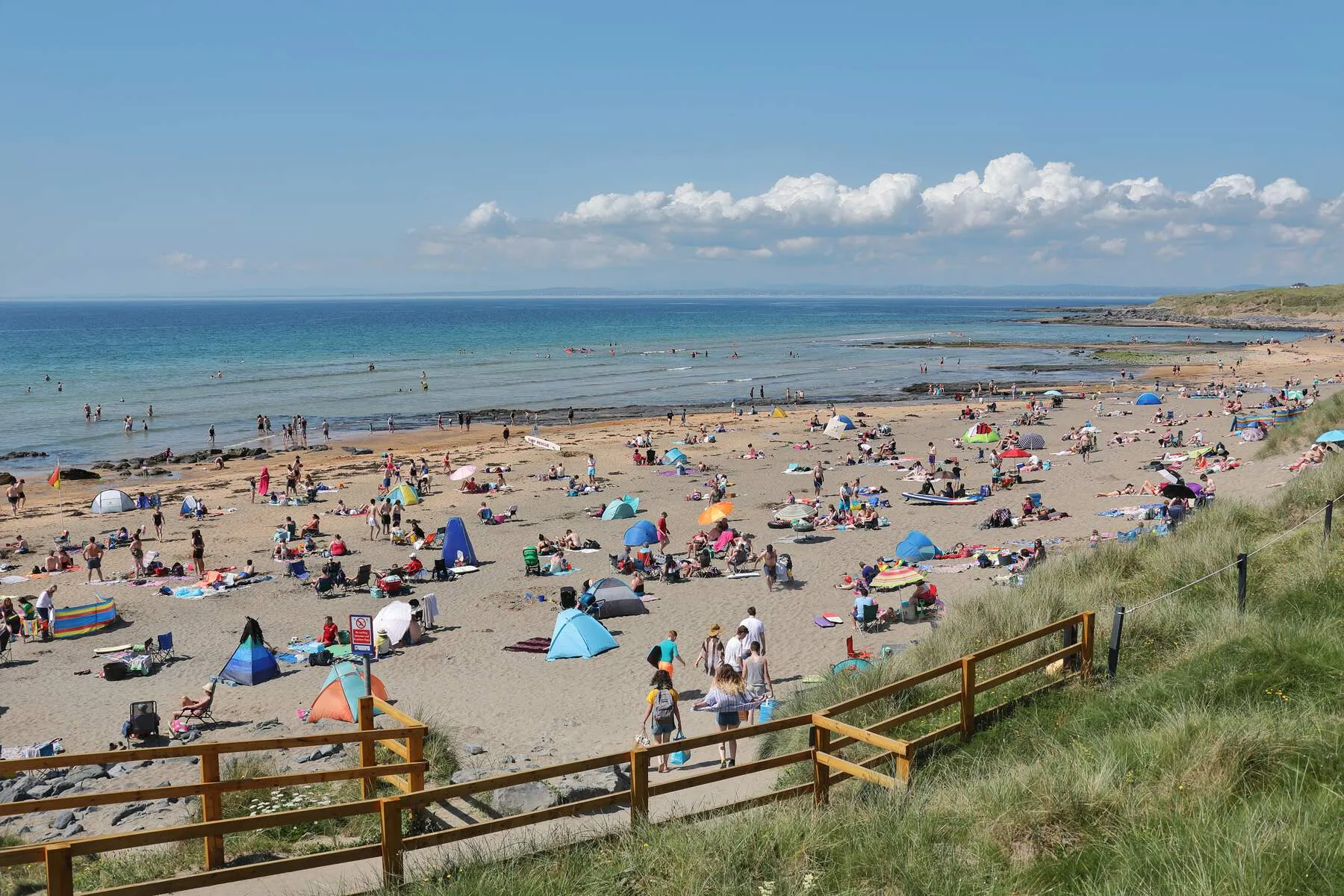
Fanore Beach
Sandy beach with dunes near Fanore village, popular for surfing lessons and coastal walks along the R478 route from Ballyvaughan.

Corcomroe Abbey
13th-century Franciscan friary with Gothic arches and medieval grave slabs nestled in a secluded valley offering mountain vistas.
Getting There
By Car
To get to Ballyvaughan by car, follow the Wild Atlantic Way from Doolin village or drive along the spectacular Burren coast road to Fanore and then on to Ballyvaughan via the N67 road. Approximate driving times include:
-
From Doolin: 60-90 minutes
-
From Galway: take the N6 to Kilcolgan, then the N67 to Ballyvaughan
By Bus
Public transportation options include:
-
Bus Eireann Route 423 from Galway to Ballyvaughan
-
Taking a bus from Galway via Doolin to the Cliffs of Moher and on to Ennis, or from Limerick/Shannon via Ennis to Doolin and on to Galway, with stopovers possible along the way
-
From nearby towns like Doolin or Ennis, take a taxi or another form of transportation to reach Ballyvaughan
By Air
The nearest airport is Shannon Airport (SNN), approximately 45 miles (72 km) from Ballyvaughan. From the airport, rent a car or take a taxi or shuttle to get to Ballyvaughan.
Events & Festivals 2025
Lisdoonvarna Matchmaking Festival
What is it: Unique festival famous for matchmaking, with live music and dancing daily.
Dates: Aug 30 - Sept 29, 2025
Location: Lisdoonvarna, Co. Clare
Website/Booking: https://matchmakerireland.com/
History
Ballyvaughan's history dates back to the 16th century when the O'Loghlen family controlled the castle standing at the edge of the harbour. A stolen cow found at the castle in 1540 led to heavy fines, including the loss of cattle, goats, sheep, and even the town itself. The castle was later attacked by Sir Henry Sidney's forces in 1569, but the O'Loghlens managed to hold on to their property.
By the 19th century, Ballyvaughan had grown into a thriving port, with three older piers used for herring fishing. A new quay was constructed in 1829, designed by Alexander Nimmo, which allowed the town to export grain, bacon, and vegetables, and import supplies from Galway. The village expanded, with 235 inhabitants and 35 houses by 1841.
The town's importance as a fishing harbour began to decline as the roads improved and the piers fell into disrepair. However, Ballyvaughan remained a significant hub, with a workhouse, coastguard station, and large police barracks. The old National School opened in 1854, and the present Roman Catholic church was built around 1860.
In the late 19th century, Lord Annaly constructed a reservoir to supply water to the farms in the valley, which was later extended to the centre of town under the Public Health Act of 1874. The area's strategic importance is evident in its numerous Celtic ring forts and castle sites, including Newtown Castle, which offers stunning views of the Burren Mountains.
The surrounding landscape is dotted with ancient monuments, such as Poulnabrone Dolmen, the country's oldest dated megalithic monument. Visitors can explore the Aillwee caves, one of the oldest in the Burren, and delve into the region's history at Caherconnell Stone Fort. The nearby Corcomroe Abbey, a 13th-century Cistercian monastery, is another notable historical site.
In more recent times, Ballyvaughan played a role in Ireland's struggle for independence, with an Irish Republican Army unit ambushing a party of Royal Marines in the village in 1921. Today, visitors can experience the area's rich history and natural beauty by exploring the many archaeological sites, taking a walking tour of the Burren, or visiting the Burren College of Art, housed in the renovated Newtown Castle.